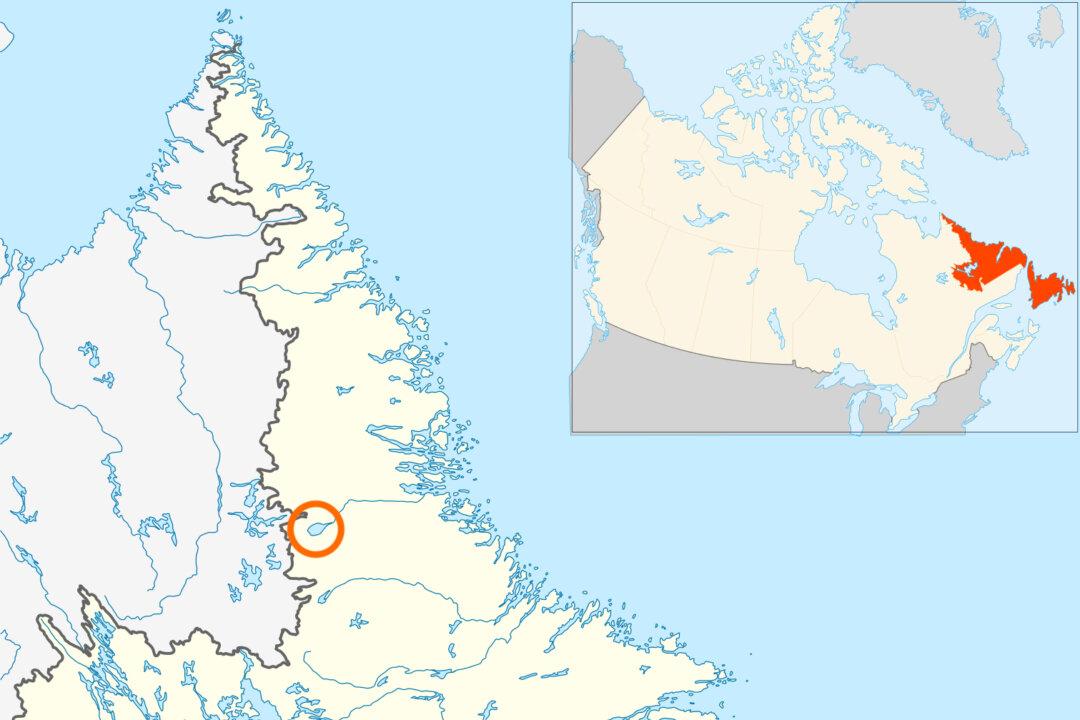TORONTO—Recreational marijuana has been in legal in Canada since October 2018, but municipalities across the country are still unclear about their authority over consumption of the drug. There are a lot of legal grey areas and uncertainties as to how much control individual municipalities have.
Markham was one of the first cities in the Greater Toronto Area to opt out of having cannabis retail stores and also restricted consumption of the drug to private property. The city is now looking into how far it can go to restrict marijuana consumption.





